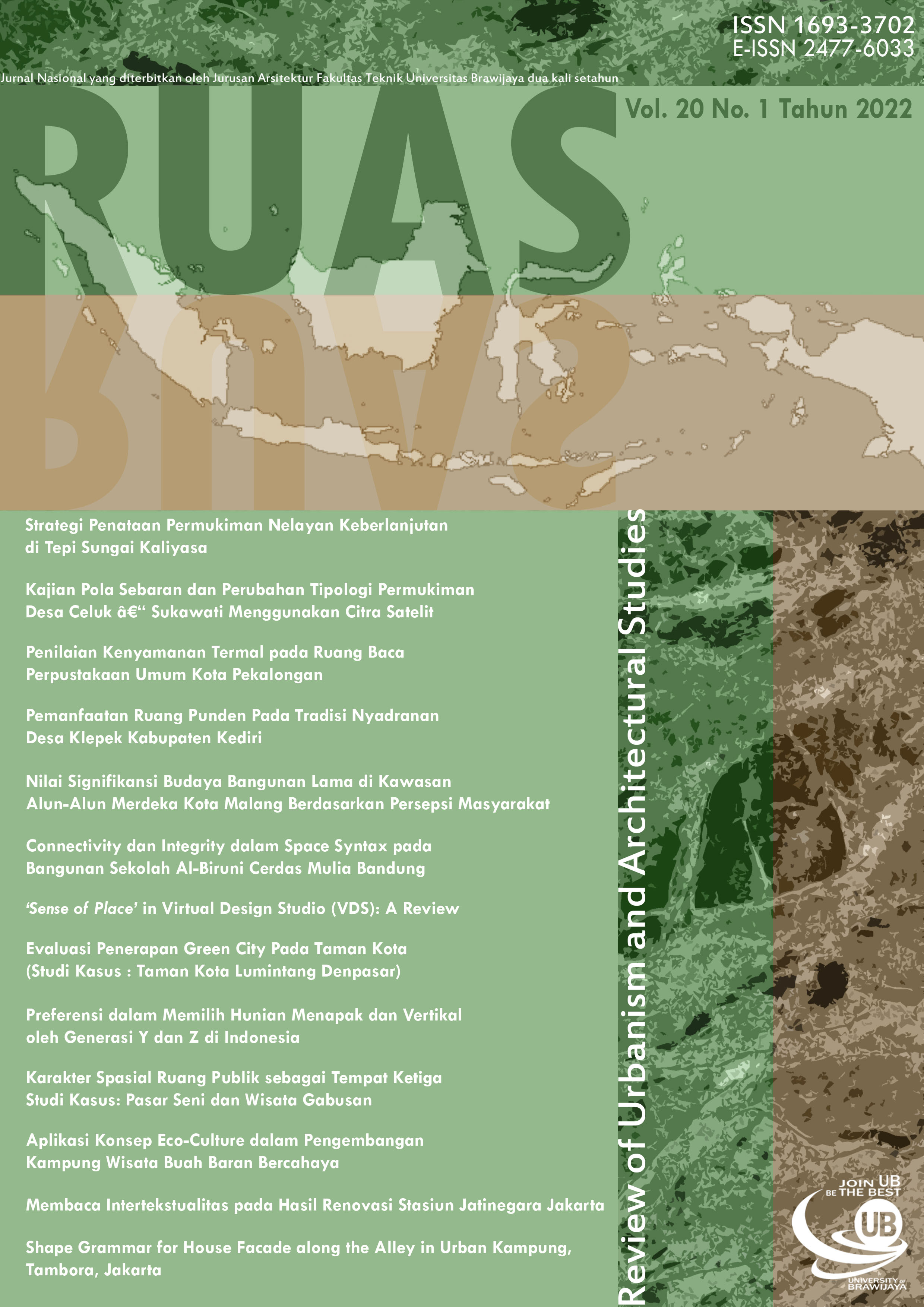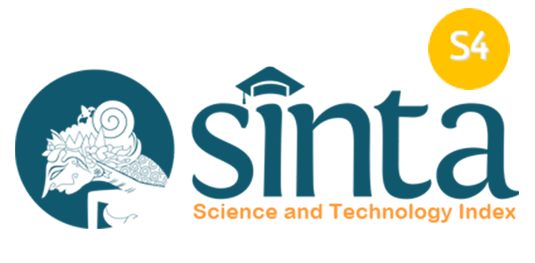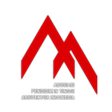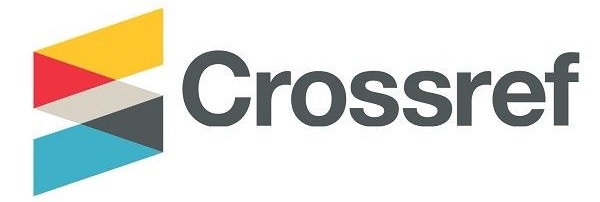Connectivity dan Integrity dalam Space Syntax pada Bangunan Sekolah Al-Biruni Cerdas Mulia Bandung
DOI:
https://doi.org/10.21776/ub.ruas.2022.020.01.6Keywords:
Cconnectivity, integrity, school building, space syntaxAbstract
Learning activities not only use a single classroom however classrooms, laboratories, libraries, etc. Therefore, the relationship between spaces in the school building needs to be concern so that communication and interaction between students and teachers can be conducted smoothly. The research tended to verify the connectivity and integrity of space syntax in the Al-Biruni Cerdas Mulia school building located in the Bumi Panyileukan Complex, Bandung, West Java. Two different levels of education degree were conducted in the building by sharing the room facilities. The analysis method used the depthmapX v.055 software to see the connectivity and the calculation of integrity values in the forms of total depth, average depth, and relative asymmetry. Testing the program and calculating the values resulted in 21 effective rooms on the first floor and 11 ineffective rooms on the second floor of the school building. Through the theory of syntax space, the  problems regarding the spatial arrangement, layout, and circulation in buildings could be resolved, and communication and interaction between students and teachers could be more effective
References
Aliwanto. (2017). Analisis Aktivitas Belajar. Jurnal Konseling GUSJIGANG, 3(1), 64–71.
Peraturan Menteri Pendidikan Nasional Republik Indonesia Nomor 24 Tahun 2007, Pub. L. No. 24, 67 (2007).
Hillier, B. (2007). Space Is The Machine. In Design Studies (Vol. 18, Issue 3). Syntax, Space. https://doi.org/10.1016/s0142-694x(97)89854-7
Hillier, B., & Hanson, J. (1997). The Social Logic of Space. Cambridge University Press.
Undang Undang Republik Indonesia Nomor 20 Tahun 2003, 2 Sistem Pendidikan Nasional 39 (2017). https://doi.org/10.24967/ekombis.v2i1.48
Peraturan Pemerintah No. 19 Tahun 2005, Pub. L. No. 19, Standar Nasional Pendidikan 1 (2005). http://peraturan.go.id/inc/view/1Furfhe8BFbkEhXn1xcYPr8jYAACNpfV7p.html
Kusuma, Y., Kusuma, H. E., Tampubolon, A. C., & Aryanti, T. (2018). Pengaruh Kualitas Lingkungan dan Motivasi pada Kinerja Akademik Siswa SMA. Review of Urbanism and Architectural Studies, 16(2), 28–41. https://doi.org/10.21776/ub.ruas.2018.016.02.3
Nurhidayat, I., Purwani, O., & Samsudi. (2018). Penerapan Teori Space Syntax Pada Bangunan Pusat Ekshibisi Di Jakarta. Senthong, 1(2), 153–160.
Permana, A. Y., Permana, A. F. S., & Andriyana, D. (2020). Konfigurasi Ruang Berdasarkan Kualitas Konektivitas Ruangan Dalam Perancangan Kantor: Space Syntax Analysis. Jurnal Arsitektur ZONASI, 3(2), 155–170. https://doi.org/10.17509/jaz.v3i2.25893
Pinelo, J., & Turner, A. (2010). Environmental Modeling: Using SpaceSyntax in Spatial Cognition Research Introduction to UCL Depthmap 10. Mt Hood.
Singh, R. (2020). Space Syntax. National Institute of Technology Hamirpur (H.P).
Siregar, J. P. (2014). Metodologi Dasar Space Syntax Dalam Analisis Konfigurasi Ruang.
Downloads
Published
How to Cite
Issue
Section
License
Authors who publish with this journal agree to the following terms:
- Authors retain copyright and grant the journal right of first publication with the work simultaneously licensed under a Creative Commons Attribution License that allows others to share the work with an acknowledgement of the work's authorship and initial publication in this journal.
- Authors are able to enter into separate, additional contractual arrangements for the non-exclusive distribution of the journal's published version of the work (e.g., post it to an institutional repository or publish it in a book), with an acknowledgement of its initial publication in this journal.
- Authors are permitted and encouraged to post their work online (e.g., in institutional repositories or on their website) prior to and during the submission process, as it can lead to productive exchanges, as well as earlier and greater citation of published work (See The Effect of Open Access).












